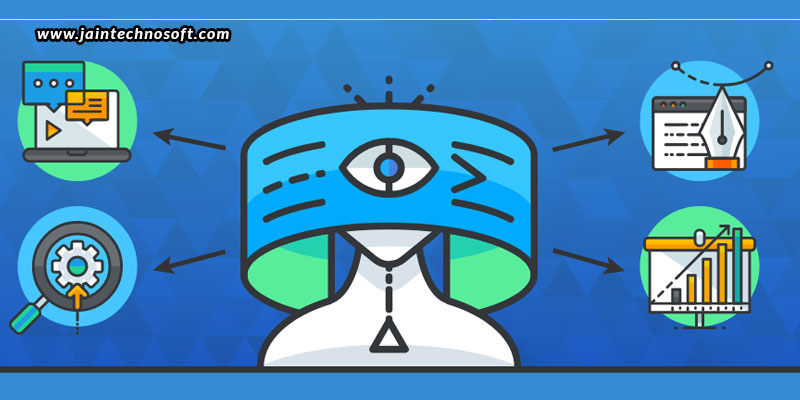When you think of the word “communication”, the first thing that’ll come to your mind is to talk to someone face-to-face or on the phone. Then, when we think about it further, we’ll go ahead with thinking about communicating though chatting and messaging, or through emails. Even further, there is social media platforms. But, what about when it comes to a website? Have you ever considered that a website also communicates to you!?
Yes, a website, if well-built, can deeply communicate with its visitors by providing the message of the business clear and loud. In real life, when you communicate with people, you get what they want to say through their facial expressions, body gestures, and tone of voice. Similarly, when it comes to a website, you can get its communication cues through a variety of features, such as the colour scheme, the font style, the font size, the content, the images, the animations, the infographics, and everything other such visual element. Here’s how you can use all of these to harness your Web design in order to strengthen your website communication.
You must first create a visual hierarchy
The most important aspect of visual communication is to create a visual hierarchy, which is the process of organizing your content in order of importance, so that the attention of your users is drawn in a certain order. In order to create the right kind of hierarchy, you must identify the most important elements of the page you’re building, followed by the path you want the visitors’ eyes to travel, and finally where you want them to end up. Generally, it is the title that is the most important element of a page, as it tells the visitors exactly what to expect on the page. Then, you may want them to go further to check for your content that comprises of some text and an infographic, finally wanting them to click on a call-to-action button. So, you have a clear hierarchy in place, but do you know that there are many small, yet important elements that play a significant role in supporting the hierarchy of your page? We’re speaking here of other visual elements like the colour, size, and space of your content and elements.
Colour scheme
The most important aspect you want to decide for your website is the colour scheme. You can use a colour scheme involving two or more colours, but don’t go too overboard with use multiple colours. While the colour scheme should complement your brand, it should also be comfortable for the visitors’ eyes. Also, you must make sure that your background colours and the colours of other elements on your site are contrasting, yet complementing. Don’t make your entire website too colourful. Stick to one or two colours for your page, while using contrasting colours for elements that you want prominently standing out from the rest.
Size of your content
The size of every element of your content, whether it is the text, image, infographic, graph, or animation, should be perfect. It should be big enough to make it easy to see and read, while also not being too big to cover up the page unnecessarily. All in all, the size of every element on the page should complement one another. Also, make the most important information the largest size, as that is what you want the users to see first thing they land on your page. You could use not more than three different sizes on a single page. Too many different sizes can confuse or irritate the eyes of the visitors.
Whitespace
As much as the colour for a page is important, so is the whitespace. Similarly, as much as content and information is important, so is some free space. Putting in too much on a page can make it annoying for the visitors’ eyes, which may have them moving away. Thus, you need to have all your content well-placed with significant whitespace in between every two elements to add comfort. And, for the most important elements on a page, you can use more whitespace around it to increase focus over them.
These four simple tactics can have you to communicate with your visitors by commanding their attention to the most important elements, and telling them where to look next. If you need help optimizing your website’s visual communications, you can always contact us to get professionally tested Web design services in Bangalore. All you have to do is tell us about your project, and we’ll help build a winning strategy to make the most of your online presence.




